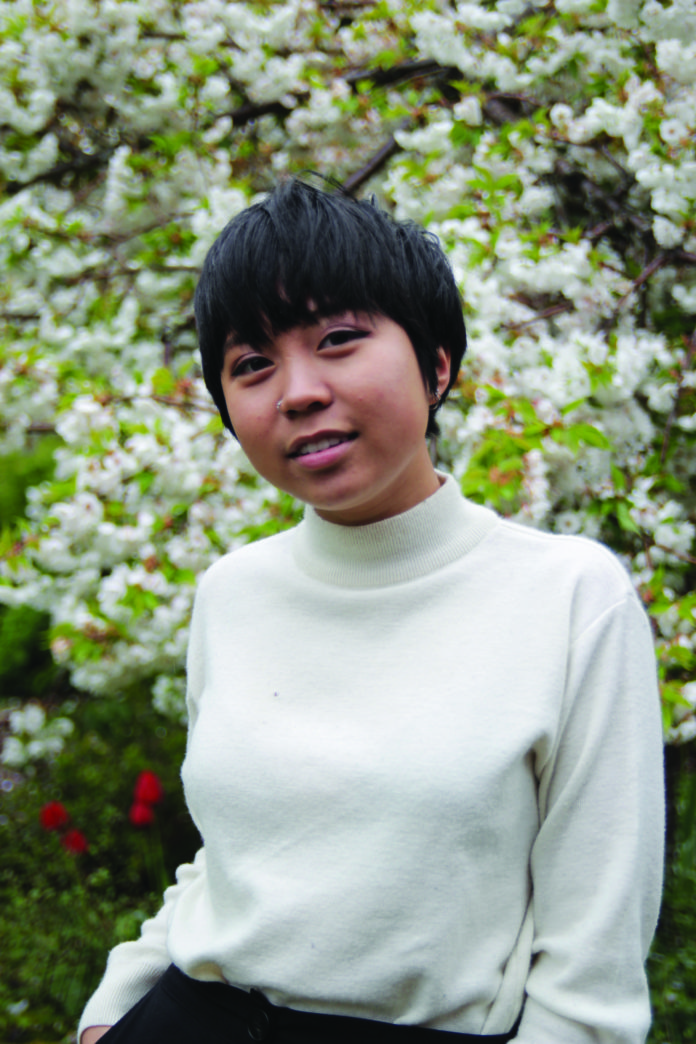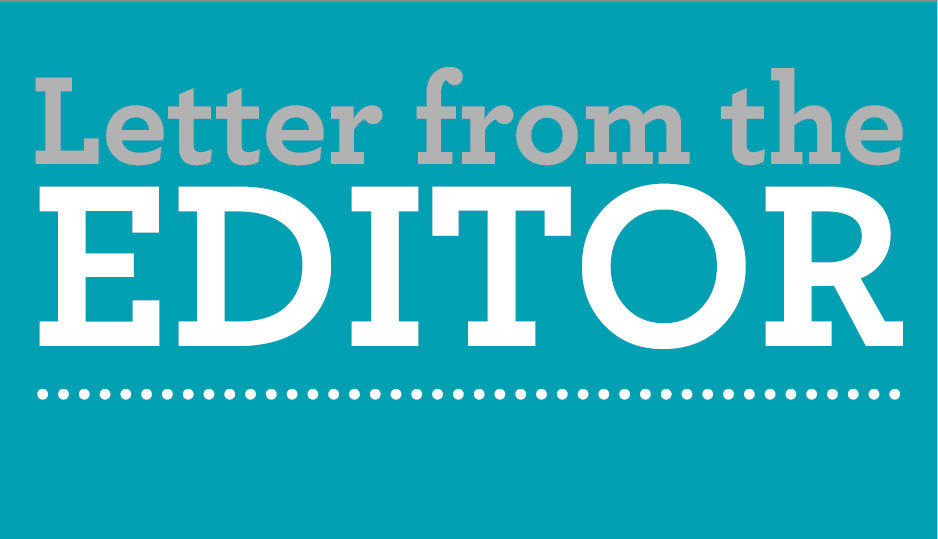RIZELLE ROSALES; Mast Magazine Editor; rosalera@plu.edu
Growing up in a bicultural household, I was raised knowing the complex differences between two worlds — and two selves — and how to exist within and between them. It wasn’t until I was older that I realized how different they really were. Growing up with the Eastern Asian traditions of my Filipino parents often clashed with the Western individualistic culture of the United States. It wasn’t always easy reconciling these two facets of my upbringing. I sometimes wished that I could somehow melt them together or force them to agree.
I realize now that those dimensions are essential to my identity, and I would never want either one to change at all to reflect the other. I found the concept of facets and multidimensionality to be particularly relevant when it came to defining myself and my environment
Crystallized forms rely on the conflict of their facets to hold the structure together. If the faces were to melt or collapse, what would be left? Nothing exists without a ripple effect, no story exists without multiple sides. This element of multiple faces, sides, angles — they exist in our social institutions as well as within ourselves. People are informed by the different roles they play on a daily basis, but recognizing multiple dynamic roles can get complicated.
Without knowing, we ask people to flatten themselves out and choose one role to play. We trap each other into using only one definition of identity — but why would we ask anyone to dim their brilliance just to create a mirror that reflects the expectations of the majority?
This is what I aimed to recognize in this issue, exploring the dimensions we experience on macro and micro scales, from campus politics to multicultural identities.
I interviewed students from far and wide, from left and right. These conversations always left my head spinning and heart blooming from witnessing the brilliant complexity of our students. We do not exist on perfect planes —we are bent, and beautifully so.
Growing up in a bicultural household, I was raised knowing the complex differencses between two worlds — and two selves — and how to exist within and between them. It wasn’t until I was older that I realized how different they really were. Growing up with the Eastern Asian traditions of my Filipino parents often clashed with the Western individualistic culture of the United States. It wasn’t always easy reconciling these two facets of my upbringing. I sometimes wished that I could somehow melt them together or force them to agree.
I realize now that those dimensions are essential to my identity, and I would never want either one to change at all to reflect the other. I found the concept of facets and multidimensionality to be particularly relevant when it came to defining myself and my environment
Crystallized forms rely on the conflict of their facets to hold the structure together. If the faces were to melt or collapse, what would be left? Nothing exists without a ripple effect, no story exists without multiple sides. This element of multiple faces, sides, angles — they exist in our social institutions as well as within ourselves. People are informed by the different roles they play on a daily basis, but recognizing multiple dynamic roles can get complicated.
Without knowing, we ask people to flatten themselves out and choose one role to play. We trap each other into using only one definition of identity — but why would we ask anyone to dim their brilliance just to create a mirror that reflects the expectations of the majority?
This is what I aimed to recognize in this issue, exploring the dimensions we experience on macro and micro scales, from campus politics to multicultural identities.
I interviewed students from far and wide, from left and right. These conversations always left my head spinning and heart blooming from witnessing the brilliant complexity of our students. We do not exist on perfect planes —we are bent, and beautifully so.



















